
Main Page |
Medical Simulation Training Systems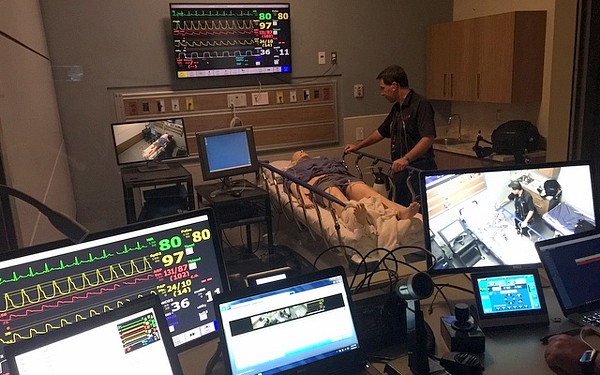
Over the past fifteen years, simulation training in medical education has become increasingly popular, as it offers clear and tangible benefits from a learning retention perspective. While the medical field has long used actual specimens to allow students to practice their skills, the use of human patent simulators to train and re-train medical disciplines ranging from disciplines such as nurses, EMT's, regular MD practitioners, ER doctors, surgeons, pediatricians, medical technologists, etc., has increased dramatically thanks to the development of the human patient simulator technology (a.k.a. 'manikins'). The modality of using human patient simulation systems has allowed training replicating substantial aspects of real patient treatment, allowing health care students and professionals to practice as many times as necessary to master their skills, without putting real patients at risk.  Nowadays, human patient simulators come in a wide variety of types with models ranging from simple passive body part simulators to train CPR to fully interactive simulators with neurological, anesthetic, circulation, vascular, cardiac, respiratory, trauma and other capabilities used for emergency room and surgical training scenarios. With the ever-increasing use of human patient simulators, the integration of the manikins with the traditional patient simulation training methodologies such as the 'standardized patient' and the 'confederate' scenarios with the AV systems and the capture and debriefing systems into one effective, easy to use, and operate, training system has become critically important. Modern Medical simulation training centers need to accommodate these medical simulation training methods to allow training of all types of healthcare professional disciplines, using the different types of simulation scenarios and a wide variety of human patient simulators. Additionally, modern medical simulation training centers are also used by outside user groups who are not part of the facility operator/ownership institution, but are renting the facilities, thereby helping the medical simulation center to generate additional revenue needed to achieve the common operational cost recovery budget target. 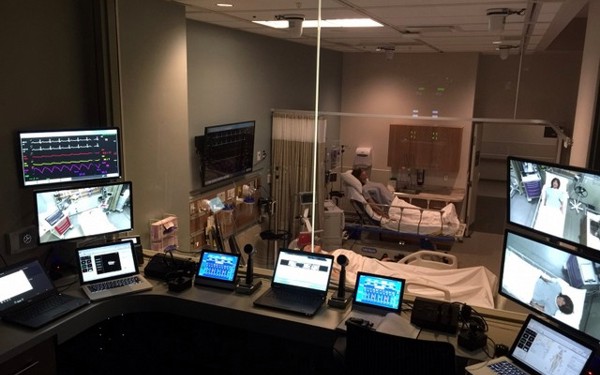 With many different internal user groups, and outside users renting the facility, the technology systems used to operator the systems must be easy to use, extremely reliable and require minimal operational support. MC2 has accumulated extensive experience over the past 15 years designing medical type simulation systems of a wide variety such as:
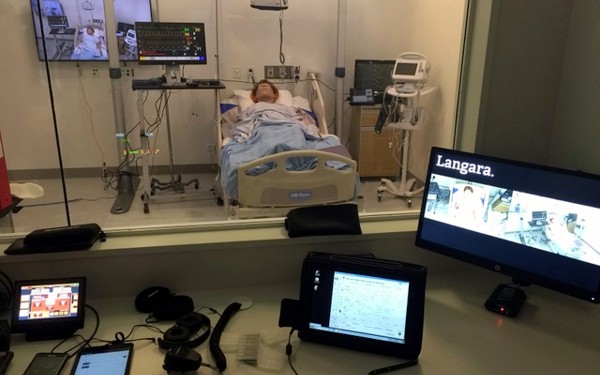 The effective design of medical simulation training center is driven by many factors starting with the specific user requirements and preferences by the different departments scheduled to use the new center, such as for example the orientation of the patient bed to the observation rooms, or the location of the patient bed in relation to the headwall, the layout of the headwall, how many cameras are required, etc., just to name a few. The integration of existing, legacy human patient simulators, along with new models, and being compatible with existing capture and debriefing software and systems, along with the need to re-integrate existing recording files and other data records is almost always a key requirement also. As medical training centers are typically part of a post-secondary institutional or clinical hospital campus, the integration of the human patient simulator systems, the AV systems, the capture and debrief systems and the hosting capacities into what is most often an existing network environment is critical, yet it is often left to the last minute, and without prior design and coordination, thereby jeopardizing the existing network operational stability and the implementation and operation of a new simulation training facility. Post-secondary institutions and especially hospitals have very specific, and necessary, computer network privacy and security requirements, requiring for the medical simulation center network requirements to be integrated into the existing network topology. This requires to be part of the design process and to be coordinated with the institutions/hospitals network department. 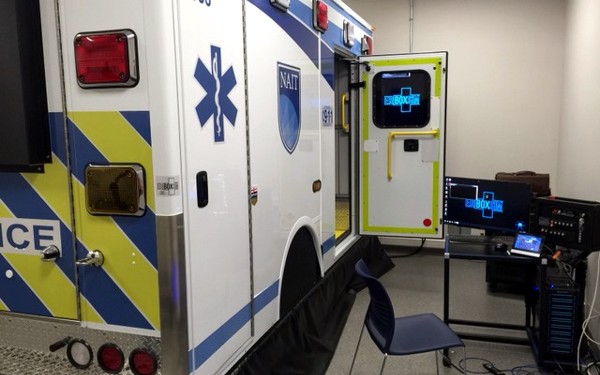 Medical capture and debriefing systems nowadays offer many features and functions, often offering more than what the users expect or need, and since these systems are very expensive, from a capital cost perspective, and for their annual 'service' fee, the selection of the most suitable medical capture and debrief solution (MCDS), is key to the successful completion and long term operations of any type of medical simulation center. The integration of legacy and new generation of active human patient simulators, which come from three primary manufacturers such as Gaumard, Laerdal and CAE, into the AV, network and capture debrief systems to allow the capture of the patient vital sign and user data (patient scenario data) is a critical element of capturing the simulation training scenarios, and is vital information needed for the training de-briefing sessions. It has recently become increasingly popular to pause scenarios, and conduct short debriefing sessions right in the simulation theatres/lab, to review and correct a certain procedure, and then carry on with the simulation training session. However, the need to pause scenarios and conduct short debriefings during the simulation training sessions has very specific AV, network and MCDS performance and functional requirements. We have an extensive background working on medical training Simulation system centers for the past 16 years permitting us to understand the importance of working with the user groups and the project stakeholders to first determine and validate the specific functional, performance and operational requirements, before commencing the medical simulation systems design & specification development work. 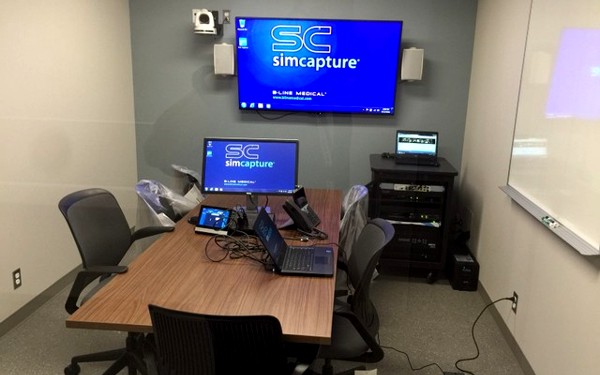 Below is a sample list of 12 past Medical Simulation Training System Centre project design work we have worked on:
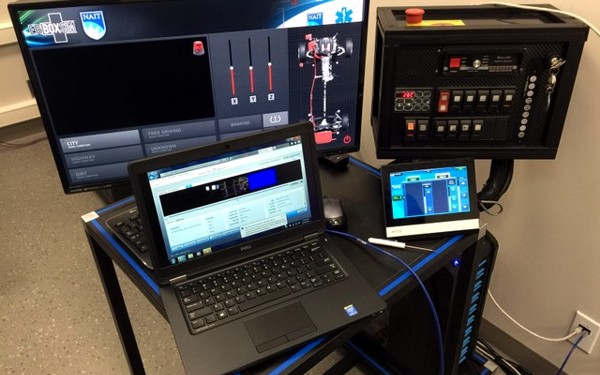 We also have extensive experience with the Specialized Simulation Equipment used in medical simulation labs. |
